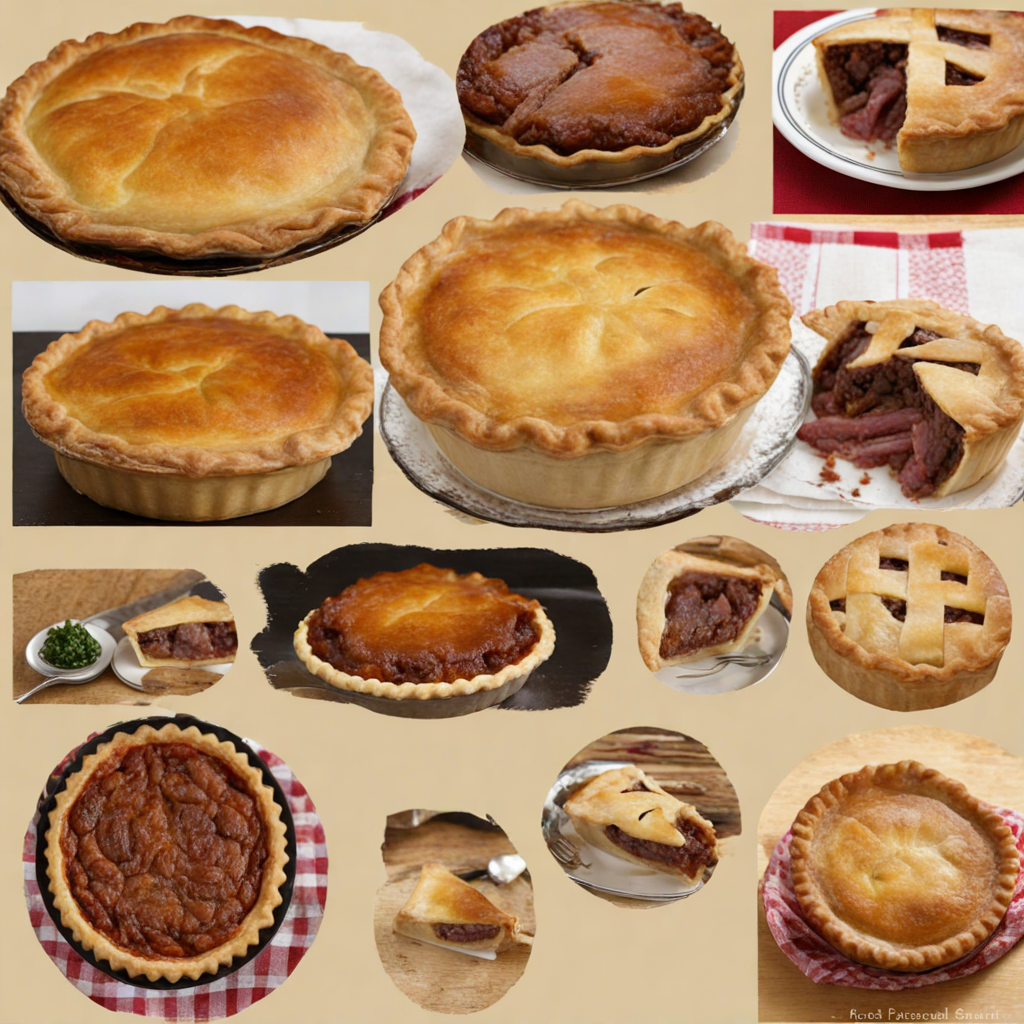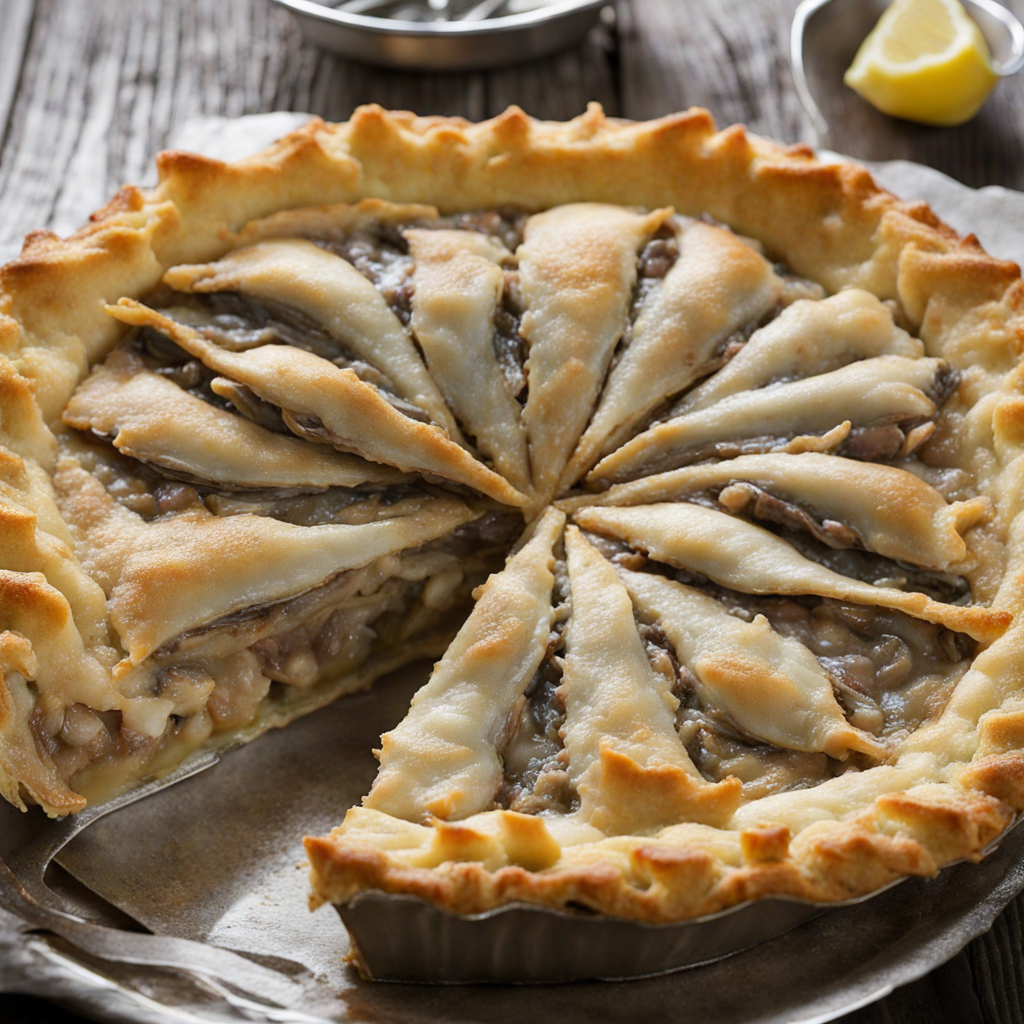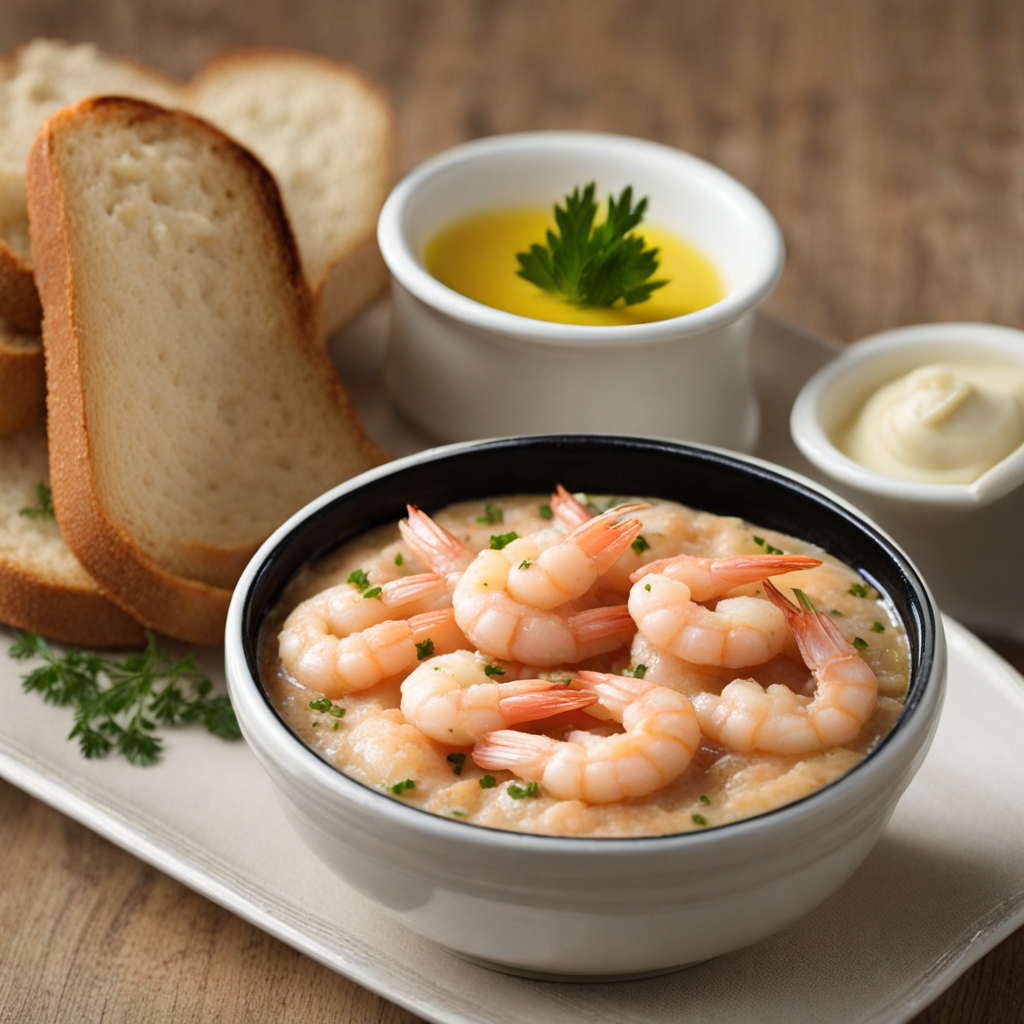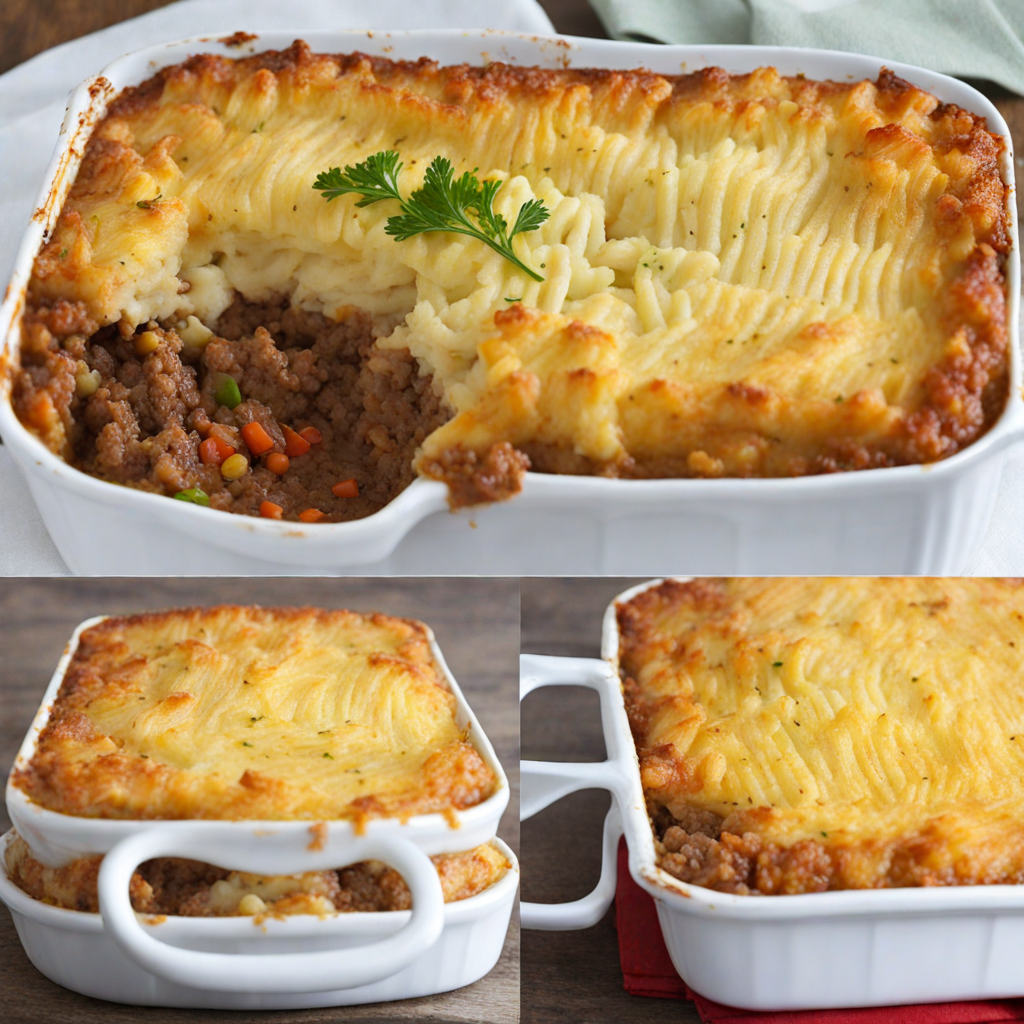Game Pie
Game Pie is a rustic and hearty dish that embodies the rich culinary heritage of the United Kingdom. Traditionally made using a variety of game meats such as venison, rabbit, pheasant, or partridge, this pie is a celebration of the bountiful nature found in the British countryside. The meats are often marinated with aromatic herbs and spices, enhancing their natural flavors, and then slow-cooked until tender, creating a savory filling that is both comforting and flavorful. The inclusion of earthy ingredients such as mushrooms, onions, and sometimes even a splash of red wine adds depth to the filling, making every bite a delightful experience. Encased in a golden, flaky pastry, Game Pie is not only a feast for the taste buds but also a feast for the eyes. The pastry crust is typically made from a blend of flour, butter, and a pinch of salt, rolled out to create a beautifully crafted shell that encases the rich filling. The pie is often topped with additional pastry designs, such as decorative leaves or a lattice pattern, making it a centerpiece at any gathering. Once baked, the crust becomes wonderfully crisp while the filling remains juicy and aromatic, creating a delightful contrast in textures that keeps diners coming back for more. Game Pie is often served with traditional accompaniments such as mashed potatoes, seasonal vegetables, or a rich gravy, making it a satisfying meal that is perfect for colder months or festive occasions. It’s a dish that speaks to the heart of British cooking, inviting diners to savor the flavors of the hunt and the warmth of home. Whether enjoyed at a family gathering or in a cozy pub, Game Pie offers a taste of history and a touch of rustic charm, making it a must-try for anyone looking to discover new and exciting flavors.
How It Became This Dish
The History of Game Pie in the United Kingdom #### Origins and Early Development Game pie, a traditional dish of the United Kingdom, has roots that stretch back centuries, deeply entwined with the culinary practices of the medieval nobility and the availability of wild game in the British countryside. The earliest records of pie-making date as far back as the Roman Empire, but it was during the medieval period that the concept of enclosing meat within pastry became firmly established in British cuisine. The term "game" refers to wild animals hunted for food, including species such as deer, pheasant, rabbit, and hare. The practice of hunting these animals was prevalent among the aristocracy, who often held grand feasts featuring an array of game dishes. Pies made from these meats were not only a way of showcasing the spoils of the hunt but also served practical purposes; they preserved the meat and made it easier to transport and serve. The first known mention of game pie in English literature appears in the 14th century, notably in "The Forme of Cury," a cookbook compiled by the cooks of King Richard II. This early recipe was indicative of the rich culinary traditions of the time, where spices and herbs were used liberally, reflecting the influence of trade routes that introduced exotic flavors to English kitchens. #### Cultural Significance Game pie quickly transcended its origins as a noble dish, becoming associated with rural life and the changing seasons. The practice of hunting, an activity steeped in tradition, became a cultural touchstone in various regions of the UK. Hunts were often social events, bringing communities together, and sharing in the bounty of a successful hunt was a way to foster camaraderie. By the 18th century, game pie had solidified its place in the British culinary canon, embodying both the rustic charm of countryside life and the opulence of the upper classes. It was often featured at banquets and celebrations, particularly during the shooting season, which ran from September to February. The pie served not only as a dish but also as a symbol of hospitality and abundance, often presented as the centerpiece of festive gatherings. #### The Recipe and Its Evolution Traditionally, game pie is characterized by its rich filling, often made from a mixture of game meats such as venison, pheasant, and rabbit, seasoned with herbs and spices, and sometimes enriched with bacon or other fats. The meat is typically marinated in red wine or stock, allowing the flavors to meld beautifully. The pie crust, often made from a rich, flaky pastry, is designed to be sturdy enough to hold the heavy filling, making it ideal for both presentation and preservation. As time went on, regional variations of game pie emerged across the UK, with each area adding its unique twist to the classic recipe. For example, the use of local ingredients, such as mushrooms, chestnuts, and fruits, became popular, reflecting the flavors and resources of specific regions. In Yorkshire, for instance, game pie might incorporate local game birds alongside a rich gravy, while in Scotland, the use of haggis within a game pie became a celebrated dish during festive occasions. The Victorian era heralded a resurgence of interest in traditional British cuisine, with cookbooks and food journals proliferating. This led to the formalization of many recipes, including game pie, which began to appear in print with increased frequency. It was during this time that the notion of the "picnic pie" emerged, with game pie being baked in smaller sizes for outdoor consumption. This adaptation further cemented its role in British culture, as picnics became a popular pastime among the Victorian middle class. #### Game Pie in the 20th Century and Beyond The 20th century brought about significant changes in British society, including shifts in hunting practices and dietary preferences. The decline of the traditional hunt, coupled with changing attitudes towards meat consumption and game hunting, affected the popularity of game pie. However, the dish never fully disappeared from the British culinary landscape. In the post-war years, as food rationing took hold, the emphasis shifted towards more accessible ingredients. Game pie, traditionally seen as a luxury dish, became less common in everyday cooking. Nevertheless, the latter part of the century saw a revival of interest in traditional foods, spurred by the rise of the slow food movement and a growing appreciation for locally sourced ingredients. Chefs and home cooks alike began to rediscover game pie, often incorporating modern techniques and flavors while respecting the dish's historical roots. Today, game pie enjoys a renaissance among food enthusiasts and chefs who celebrate British heritage cuisine. Artisan producers and local farms are increasingly involved in sourcing game meat, ensuring that the dish remains relevant in the contemporary culinary scene. Game pie is now often found on the menus of gastropubs and fine dining establishments, where chefs take pride in their interpretations of this classic dish, often pairing it with seasonal vegetables and rich gravies. #### Conclusion Game pie stands as a testament to the evolution of British cuisine, reflecting changes in society, culture, and culinary practices over the centuries. From its noble origins as a feast for the aristocracy to its place in the hearts of home cooks today, game pie embodies a connection to the land and the traditions of hunting and sharing. It serves not only as a delicious meal but also as a cultural artifact, representing the resilience and adaptability of British food culture. As we continue to explore and celebrate the rich tapestry of British culinary history, game pie remains a beloved dish, inviting us to gather around the table, share stories, and enjoy the fruits of the hunt, both past and present.
You may like
Discover local flavors from United Kingdom







